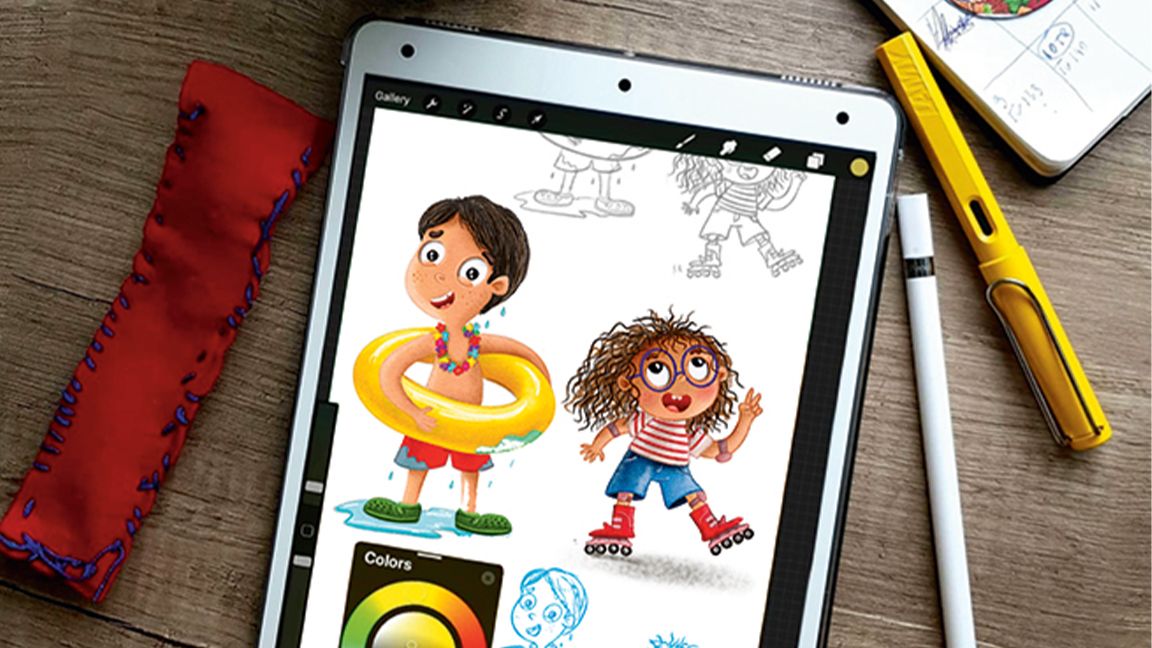In the shadows of our society, a heartbreaking truth emerges. The Senate probe led by Senator Jon Ossoff reveals an unbearable reality: widespread abuse in ICE custody. Hundreds of reports unveil stories of miscarriages, child neglect, and sexual abuse that haunt the innocent. Each account is a reminder of the loneliness and despair faced by those whose voices go unheard. As I sit here, I can’t help but feel a deep sense of betrayal; how can we stand by while so many suffer in silence? The weight of their pain is heavy, and it feels suffocating to know that we are complicit in this injustice.
#ICEAbuse #SenateProbe #HumanRights #JusticeForAll #EndTheSilence
#ICEAbuse #SenateProbe #HumanRights #JusticeForAll #EndTheSilence
In the shadows of our society, a heartbreaking truth emerges. The Senate probe led by Senator Jon Ossoff reveals an unbearable reality: widespread abuse in ICE custody. Hundreds of reports unveil stories of miscarriages, child neglect, and sexual abuse that haunt the innocent. Each account is a reminder of the loneliness and despair faced by those whose voices go unheard. As I sit here, I can’t help but feel a deep sense of betrayal; how can we stand by while so many suffer in silence? The weight of their pain is heavy, and it feels suffocating to know that we are complicit in this injustice. 💔
#ICEAbuse #SenateProbe #HumanRights #JusticeForAll #EndTheSilence
1 Commentaires
·0 Parts
·0 Aperçu
















